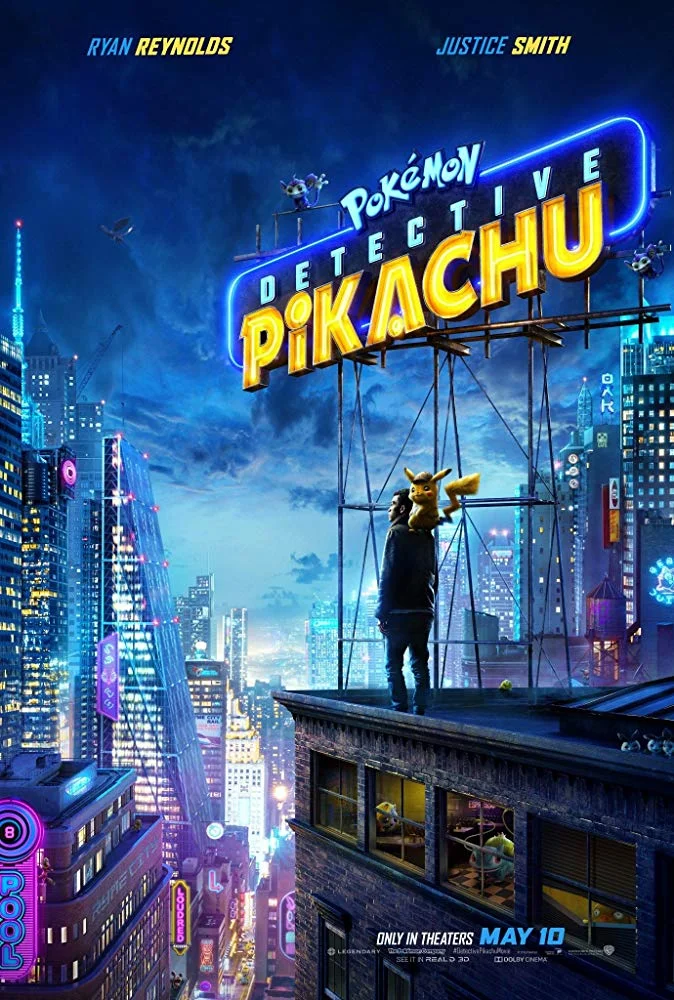Passengers (2016)
Hard-core science fiction relies on the idea that you, the audience, are able to handle not having every single space-opera detail spoon-fed to you. You don’t need worm-holes explained, you don’t need to watch technology progress from 2019 to whatever future date, you don’t need a backstory on every alien race you see: there’s the expectation that you’re wearing your adult pants and are putting context clues together as you watch.
And that’s exactly why “Passengers” (2016) shines.
The story takes place somewhere in the future, but how far in the future is never made clear. There’s at least one colony-building company; but how many colonies have they made? How many companies are competing? How long has humanity been colonizing the stars? What technologies have we developed on Earth to get to this point?
Those questions are there for you to think about, clear as day, but the movie doesn’t rely on any of them to get answered for the story to get told.
So: in an unknown number of years, Jim (Chris Pratt) is an engineer, in cryo-stasis aboard the starship Avalon, a colony ship headed to Homestead II. Something goes wrong with Jim’s hibernation pod and he wakes up 30 years into the 120 year journey (at some point someone mentions that the Avalon is traveling at 50% the speed of light, so pick your favorite exoplanet that’s 60 light years away and pretend that’s where the ship is going).
With no way to get back into hibernation, no matter how hard he tries and tinkers, Jim spends a year living by himself, his only company the android bartender who cannot leave his post behind the bar.
The emotional linchpin of the movie, and where it got so much bad press, was that Jim decided to purposefully wake up someone else so he’d have a companion. That someone else was Aurora (Jeniffer Lawrence), a prize-winning journalist from Earth who wanted to make a round-trip to Homestead II (read: 240 years) so she could write the first ever “I went to a colony and came back to Earth” article.
So: was it right for Jim to wake up Aurora?
It’s a bit like the trolley problem: Jim was revived by a technical accident, but he actively woke up another passenger who expected to be able to make the full trip.
A lot of social media took this up as a “look at this gross man and how entitled he is!” Had Jim woken up Aurora after a week of being solo, and without having spent a year trying to get himself back into stasis, I absolutely would have agreed.
However, I can say from experience that spending Christmas Day alone is a heartbreaking event, and that’s with work coming up the next Monday. I can’t imagine what being alone for a year would be like, especially while all of your attempts at fixing the problem simply don’t work.
Watch it and draw your own conclusion about Jim’s “entitlement,” but I think you’ll feel much more sympathetic towards him than many of the media rags decided to be.
Long story short, Jim and Aurora solved the plot device (the thing that ultimately caused Jim’s pod to break), and you’re just going to watch the movie to find out what the problem was and how they did it.
The soundtrack is absolutely gorgeous. After seeing the movie in theaters years ago, I bought the album and I now happily listen to it just for fun. It’s right up there with “Ender’s Game” (2014) for a soundtrack that’s good from start to finish, versus others that just have one or two good tracks.
Pratt and Lawrence had excellent chemistry for their roles, while also doing a fine job sharing some scenes with Gus Mancuso (Laurence Fishbourne), who’s pod later also opened by accident, and Arthur (Michael Sheen), the android bartender.
My one and only character critique: Lawrence spent an unfortunate amount of time screaming, and her screams are particularly grating, so that wasn’t fun to listen to.
Pratt, on the other hand, played an incredibly grown up role, especially compared to his man-child character of StarLord from “Guardians of the Galaxy” (2014).
The special effects budget for this movie was very well spent. Everything inside the Avalon looked like it had actually been built as a set piece on a soundstage, while everything outside the Avalon was spectacularly rendered CGI starfields and spaceship parts.
And, for being a hard-core sci-fi flick, the Avalon was appropriately outlandish. It clearly wasn’t designed to travel through any planet’s atmosphere, and it had a snazzy pseudo-Taurus-ring design to provide some artificial gravity (though there was also apparently an artificial gravity generator on the ship too).
Even the end credits were beautiful, showing the various names over renders of distant galaxies and nebulas.
Fortunately, and thankfully, the movie wrapped up with a solid ending, leaving no wiggle room for a sequel.
Now, Hollywood will do Hollywood things, but this movie deserves to forever be a standalone.
I loved the imagination and creativity behind it, and I’d love to see the director/production team make another film, but only as a spiritual sequel, not an actual successor.
This is a love-letter to deep-space travel, flawlessly fitting into the same space adventure vein as “StarTrek: First Contact” (1996) or “FarScape” (1999-2003), and magnitudes better than “Interstellar” (2014) could ever have hoped to be.
I saw it in theaters, but I wish I could have seen it in IMAX.
Do yourself a favor and watch this on the biggest screen you can find. You won’t regret it.



